We decided to make an excursion to the Isla del Sol, the home of the Inca creation legend. Although boats leave frequently from Copacabana, it had been suggested to us that there was a magnificent hike around Lake Titicaca to Yampupata, where a boat can be charted for the quick trip across to the island.
Accordingly, we left our main bags at the hostel, taking a minimum change of clothing etc for the journey. The morning had started with heavy rain but by the time we set off it had stopped. However, it remained dull and cloudy and looked rather threatening.
We had already found out this trip that our daypacks are not waterproof so we invested in plastic ponchos to go over our waterproofs and packs. In fact they were not needed as the clouds never came to anything. We walked along happily, gradually removing layers of clothing as the sun began to break through and bless our little adventure. The views around the lake are truly breathtaking, particularly in the sunshine.
Although technically skirting the lake, in fact the pathway veers inland at times as well, sometimes avoiding but frequently surmounting a few bigger summits. We passed through a number of small villages where the people were always pleased to greet us and exchange a few words. The muddy dirt road that we started out on gradually became less travelled and the surface was more broken up. At first we were overtaken at times by vans full of local people going to their villages but in time these fell away and we had the road to ourselves, apart from a man with a cow
who we passed several times over several miles, with him catching us up whenever we stopped for a breather. We finally found ourselves on an old Inca roadway taking a steep pathway down to the isolated village of Yampupata. We had covered about 11 miles altogether with a lot of up and down, so we were quite pleased that the next bit of the journey would be by boat!
Chartering a small boat from the bay at Yampupata was very easy. We were observed nearing the rudimentary pier and quickly approached. There was actually a price list for a range of journeys but because we didn't really know the names of the places we just took his offer to take us to the south of the island.
As we approached the destination we got our first sight of Inca remains, Pilko Kaina. However, we also realised that this was a different part of the south of the island than we had expected and we were not sure how to get to the summit from here (our sketchy map showing no footpath). So we renegotiated and got him to take us further to the foot of the Escalera del Inka (Inca Staircase) where we knew we could get to the first village on the island, Yumani.
However, getting up the Inca Staircase is easier said than done, especially when you’ve already travelled a fair distance at altitude. The steps rise dead straight and remorslessly upwards. It’s actually very attractive because a stream of water is constantly bubbling down a channel beside the staircase from the Fuente del Inka (Inca Spring) at the very top of the climb.
It’s also a bit exciting to be climbing the steps that were put into place nearly 700 years ago and have been serving this community ever since. Nonetheless, the climb and the sun did take their toll and we made a few stops on the way, frequently alongside locals who seemed to be having the same troubles!
Unfortunately, arriving at the top and the source of the Inca Spring was not actually the end of the climb as the village itself lay several steep pathways further.
We were pleased to finally find a reasonable looking hostel on the way with a sparse but adequate room for the night. The fact that the hostel had both a great view over the lake and could also provide a simple dinner were two much appreciated added bonuses.
Gluttons for punishment, after settling our stuff into the room, we made the rest of the journey into the village, reaching the crest of the peak and looking down onto the lake on the other side. This was the beginning of the ridge walk that we were intending to tackle tomorrow. It was interesting to see life going on as normal, despite the obvious catering for tourists.
Large plastic canisters are filled with water from the spring and hauled up the pathways tied to the backs of innumerable donkeys. Other goods are carried around on people’s backs. Beside and around all the houses are small plots of land growing the usual crops of potatoes, beans, quinoa etc. Small groups of animals such as sheep and pigs are herded through the village to different grazing grounds, while llamas and chickens wander about at will.
The village has electricity (a big advance on the situation when Jen’s sister Jo came here several years ago). However, this doesn’t power any streetlights and when it got dark we made our way back to the hostel, ate dinner and sank early into our thankfully comfortable bed.
During the night the heavens opened, great flashes of lightning were followed by monumental claps of thunder. This went on for the whole night, ensuring a restless night’s sleep. By the time we got up, however, the rain had stopped and, despite the heavy cloud, after yesterday’s experience we were optimistic for our hike up to the very north of the island. At the summit we spoke with a local man to check our directions and he was distinctly less optimistic. He asked us if we had waterproofs as it would be raining very soon, explaining that there are only two seasons here; three months of summer when it rains every day and 'the rest of the year it doesn’t rain but it is freezing’.
He turned out to be right. Within half an hour the rain began and we donned our natty plastic ponchos over our waterproofs (seems mad covering all our lovely Goretex with plastic but needs must...) Most of our journey was on old Inca roadways that rose and fell taking us on a snaking path along the central spine of the island. Frequently we were able to look down to the lake on both sides and very often the views were stunning (although not necessarily very photogenic in the rain and mist).
But it seems that the gods were prepared to smile upon us, for after a few hours of walking the rain began to ease and we got even better views. By the time we reached the ruins of Chincana at the northern end of the island, we were able to put away our waterproofs completely.
There are the walls of a large number of rooms to explore in this temple/village complex and we enjoyed wandering around, also taking the opportunity to sit and take a break.
This is also the site of the sacred rock where the Incas believed that their world was created when the first Incas, Manco Capac and his sister/wife Mama Huaca, made their mystical appearance on earth. The huge Puma Rock remains sacred to the local people and there are still offerings being made here.
After the ruins we took another pathway, heading southeast for an hour or so towards the second village on the island, Cha’llapampa. This village lies on a narrow strip of land between two sections of the lake and strangely has a coastline on both sides.
It is not an old village and is growing in response to the tourist demand for a base on the north of the island, where boats can put in. Almost every building shows signs of being developed into a hostel of some kind. Sadly, few of them give the impression of being anywhere near completed.
We stayed in a more established place with very simple accommodation (but very cheap). We ate in what appeared to be the only place open in the evening and met another traveller, a massage therapist from London, who was impressed by the spirituality of the place. We had very much enjoyed the open spaces and the beautiful tranquility of the island but were less overwhelmed by any sense of spiritual power. Perhaps we were just tired.
Despite the very solid beds, we both slept well but awoke to the inevitable rain. We had to wait for a couple of hours for a suitable boat to take us back to Copacabana and collect our baggage. So we sat out of the rain in Restaurant Lago Titicaca, a makeshift cafe overlooking the lakeside, having breakfast.
This effectively occupied the whole time as the standard Bolivian slow service is even more protracted on this island where there are simply no pressures to get anything done quickly. And we are certainly not going to suggest that they have got it wrong!
Despite the name, it's not always sunny here!
Sunday, February 28, 2010
 Isla del Sol, Bolivia
Isla del Sol, Bolivia
Other Entries
-
70Salta: our first sight of the Andes and our Xmas!
Dec 2565 days prior Salta, Argentinaphoto_camera35videocam 3comment 3
Salta, Argentinaphoto_camera35videocam 3comment 3 -
71Multicoloured mountains and angels with guns!
Dec 2763 days prior Humahuaca, Argentinaphoto_camera53videocam 0comment 1
Humahuaca, Argentinaphoto_camera53videocam 0comment 1 -
72Following the Train To The Clouds
Dec 2961 days prior San Antonio de los Cobres, Argentinaphoto_camera81videocam 0comment 0
San Antonio de los Cobres, Argentinaphoto_camera81videocam 0comment 0 -
73Cafayate; days of wine, icecream and waterways
Jan 0257 days prior Cafayate, Argentinaphoto_camera42videocam 0comment 3
Cafayate, Argentinaphoto_camera42videocam 0comment 3 -
74Tucumán; chilling out and getting heated!
Jan 0554 days prior San Miguel de Tucumán, Argentinaphoto_camera26videocam 0comment 1
San Miguel de Tucumán, Argentinaphoto_camera26videocam 0comment 1 -
75Like Birmingham but better!
Jan 1049 days prior Córdoba, Argentinaphoto_camera64videocam 0comment 2
Córdoba, Argentinaphoto_camera64videocam 0comment 2 -
76Wines, Bikes, Barnsley and Bernard O'Higgins
Jan 1643 days prior Mendoza, Argentinaphoto_camera45videocam 1comment 1
Mendoza, Argentinaphoto_camera45videocam 1comment 1 -
77Over the Andes to Santiago
Jan 2336 days prior Santiago, Chilephoto_camera95videocam 0comment 8
Santiago, Chilephoto_camera95videocam 0comment 8 -
78Carnival Time in Paradise Valley!
Jan 2732 days prior Valparaíso, Chilephoto_camera89videocam 0comment 6
Valparaíso, Chilephoto_camera89videocam 0comment 6 -
79City of churches, craft stalls and penguins!
Jan 3128 days prior La Serena, Chilephoto_camera55videocam 1comment 1
La Serena, Chilephoto_camera55videocam 1comment 1 -
80More Marys than you can shake a skull stick at.
Feb 0622 days prior San Pedro de Atacama, Chilephoto_camera91videocam 3comment 1
San Pedro de Atacama, Chilephoto_camera91videocam 3comment 1 -
81Mountains, lakes, salt plains & altitude sickness
Feb 0820 days prior Uyuni, Boliviaphoto_camera82videocam 1comment 5
Uyuni, Boliviaphoto_camera82videocam 1comment 5 -
82Dead people, dead trains and dead electrics!
Feb 1018 days prior Uyuni, Boliviaphoto_camera30videocam 0comment 3
Uyuni, Boliviaphoto_camera30videocam 0comment 3 -
83Let the festivities begin (but not in the convent)
Feb 1315 days prior Potosi, Boliviaphoto_camera78videocam 0comment 0
Potosi, Boliviaphoto_camera78videocam 0comment 0 -
84No sugar but lots of water and... dinosaurs!
Feb 199 days prior Sucre, Boliviaphoto_camera61videocam 0comment 5
Sucre, Boliviaphoto_camera61videocam 0comment 5 -
85Possibly the highest capital city in the world...
Feb 235 days prior La Paz, Boliviaphoto_camera89videocam 1comment 4
La Paz, Boliviaphoto_camera89videocam 1comment 4 -
86Shining Lake Titicaca (when it isn't raining).
Feb 262 days prior Copacabana, Boliviaphoto_camera47videocam 1comment 2
Copacabana, Boliviaphoto_camera47videocam 1comment 2 -
87Despite the name, it's not always sunny here!
Feb 28 Isla del Sol, Boliviaphoto_camera51videocam 0comment 0
Isla del Sol, Boliviaphoto_camera51videocam 0comment 0 -
88Incas, Pre-incas and a load of willies.
Mar 055 days later Puno, Peruphoto_camera113videocam 0comment 0
Puno, Peruphoto_camera113videocam 0comment 0 -
89Road blocks, demos and a scenic journey to Cusco
Mar 066 days later Cusco, Peruphoto_camera76videocam 0comment 5
Cusco, Peruphoto_camera76videocam 0comment 5 -
90Touring the Sacred Valley
Mar 077 days later Ollantaytambo, Peruphoto_camera50videocam 0comment 8
Ollantaytambo, Peruphoto_camera50videocam 0comment 8 -
91Visiting the Inca sites around the city.
Mar 099 days later Cusco, Peruphoto_camera46videocam 0comment 3
Cusco, Peruphoto_camera46videocam 0comment 3 -
92The White City
Mar 1616 days later Arequipa, Peruphoto_camera92videocam 0comment 2
Arequipa, Peruphoto_camera92videocam 0comment 2 -
93Strange markings at Dead Bull!
Mar 2323 days later Toro Muerto, Peruphoto_camera32videocam 0comment 0
Toro Muerto, Peruphoto_camera32videocam 0comment 0 -
94Colca Canyon 1: Snow and the Ice Maiden
Mar 2525 days later Chivay, Peruphoto_camera17videocam 0comment 2
Chivay, Peruphoto_camera17videocam 0comment 2 -
95Colca Canyon 2: Watch out, condors about!
Mar 2727 days later Cabanaconde, Peruphoto_camera56videocam 1comment 1
Cabanaconde, Peruphoto_camera56videocam 1comment 1 -
96Colca Canyon 3: Hot and Passionate
Mar 2828 days later Arequipa, Peruphoto_camera21videocam 0comment 0
Arequipa, Peruphoto_camera21videocam 0comment 0 -
97More lines and symbols but this time they're BIG!
Mar 3131 days later Nazca, Peruphoto_camera41videocam 0comment 2
Nazca, Peruphoto_camera41videocam 0comment 2 -
98Sun worshipping through the years
Apr 0435 days later Trujillo, Peruphoto_camera62videocam 0comment 2
Trujillo, Peruphoto_camera62videocam 0comment 2 -
99We go in search of GOLD!
Apr 0738 days later Chiclayo, Peruphoto_camera58videocam 0comment 4
Chiclayo, Peruphoto_camera58videocam 0comment 4 -
100Sun, surf and a very loud children's fairground
Apr 1142 days later Máncora, Peruphoto_camera22videocam 0comment 3
Máncora, Peruphoto_camera22videocam 0comment 3 -
101In search of exotic animals: we find iguanas
Apr 1344 days later Guayaquil, Ecuadorphoto_camera21videocam 0comment 1
Guayaquil, Ecuadorphoto_camera21videocam 0comment 1 -
102We arrive and dive.
Apr 1647 days later Puerto Ayora, Ecuadorphoto_camera64videocam 2comment 1
Puerto Ayora, Ecuadorphoto_camera64videocam 2comment 1 -
103We set sail, eventually.
Apr 1748 days later Bartoleme, Ecuadorphoto_camera46videocam 0comment 4
Bartoleme, Ecuadorphoto_camera46videocam 0comment 4 -
104Iguanas in all their many forms.
Apr 1849 days later Santa Fe Island, Ecuadorphoto_camera32videocam 0comment 3
Santa Fe Island, Ecuadorphoto_camera32videocam 0comment 3 -
105Not all the animals here are friendly.
Apr 1950 days later San Cristobal, Ecuadorphoto_camera8videocam 0comment 1
San Cristobal, Ecuadorphoto_camera8videocam 0comment 1

 Isla del Sol, Bolivia
Isla del Sol, Bolivia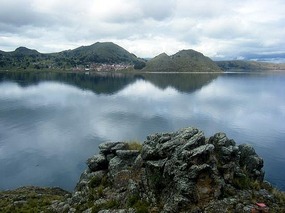
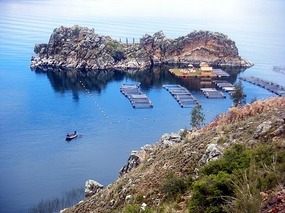
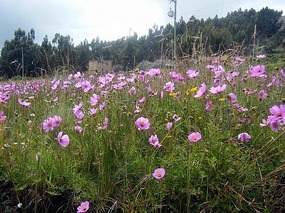
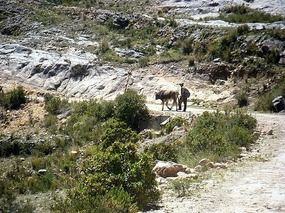
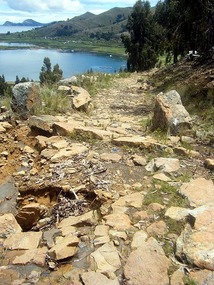
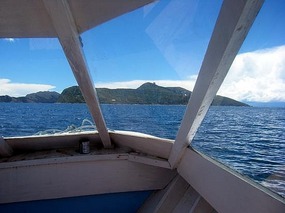
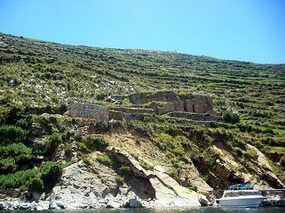
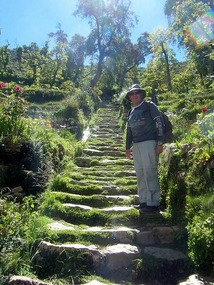
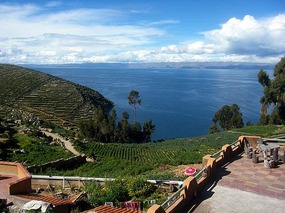
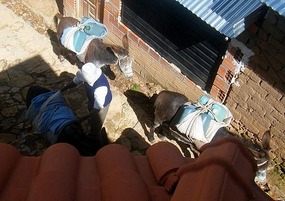
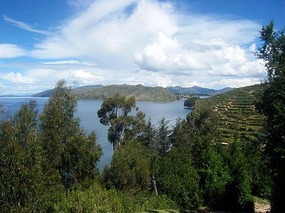
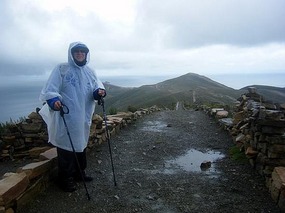

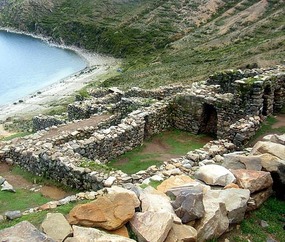
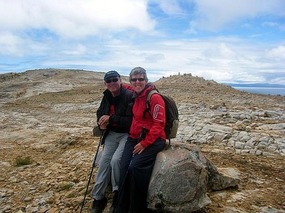
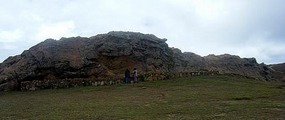
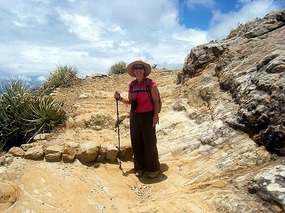
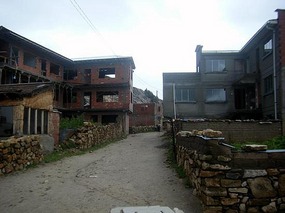
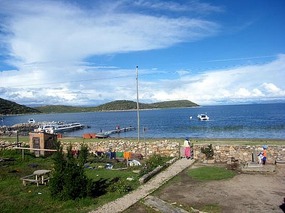
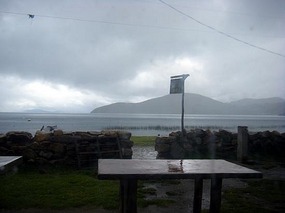





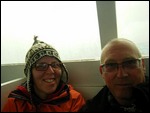
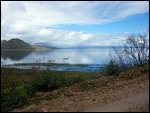
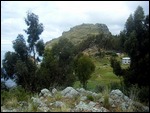
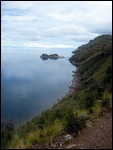
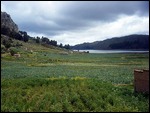
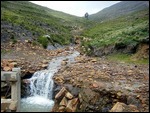
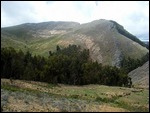
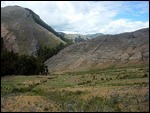
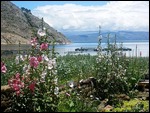
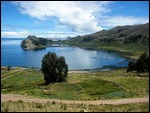
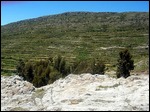
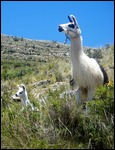

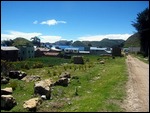
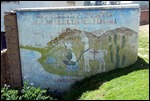
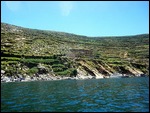
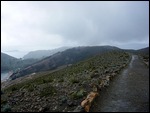

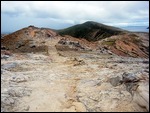
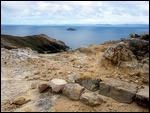
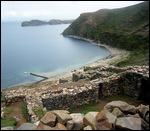
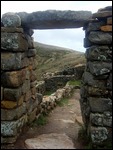
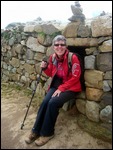
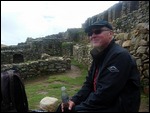
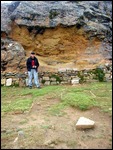
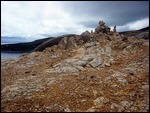
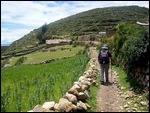
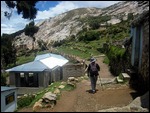
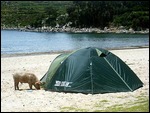

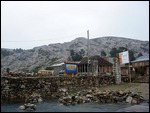
2025-05-22